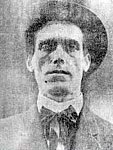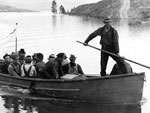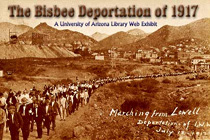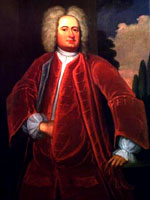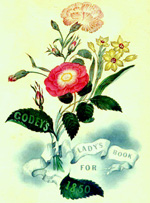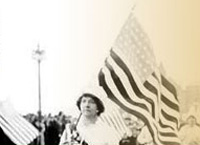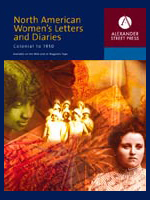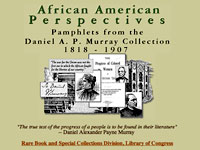The Digital Resource Guide for the Labor Archives of Washington State exists for one purpose—to break down and make accessible the contents of the University of Washington's labor collections. To begin, simply scroll down or select "Topics" from the top navigation bar to view five categories within the collections. From there, make your choice, and find a summary of the collection contents alongside links.
"The I.W.W. in the Pacific Northwest" offers access to ephemera, newspaper clippings, personal accounts, and photographs related to the 1916 Everett Massacre and the 1919 Centralia Massacre; letters and documents concerning opposition to the I.W.W.; and local Wobblie charters, letters, and manuscripts.
"The Seattle General Strike and Its Aftermath" includes photographs and documents from the strike; notes, letters, reports, news clippings, and ephemera related to the Central Labor Council of Seattle in the 1920s and 1930s; documents pertaining to the Seattle Union Record, the CLC's newspaper; documents related to Henry Ault, an editor of the paper; and letters, manuscripts, ephemera, and photographs concerning Anna Louise Strong, advocate of laborer and children's rights.
Look to "Anti-Labor Reactions and Labor Espionage" for photos and documents from the Spruce Production Division and the Loyal Legion of Loggers and Lumbermen; speeches, articles, and letters by the Associated Industries; and 1919 and 1920 reports from spies within the labor movement.
"Labor and the New Deal" leads to photographs only. Here, you can find more than 450 photographs related to the Federal Emergency Relief Administration, Civil Works Administration, the CCC, and Works Progress Administration workers at the Grand Coulee Dam and elsewhere.
Finally, "Labor in the Modern Era" emphasizes Cesar Chavez and the farmworkers' movement, as well as protests held at the 1999 World Trade Organization meeting. Resources include posters, interviews, fliers, pamphlets, and photographs.

